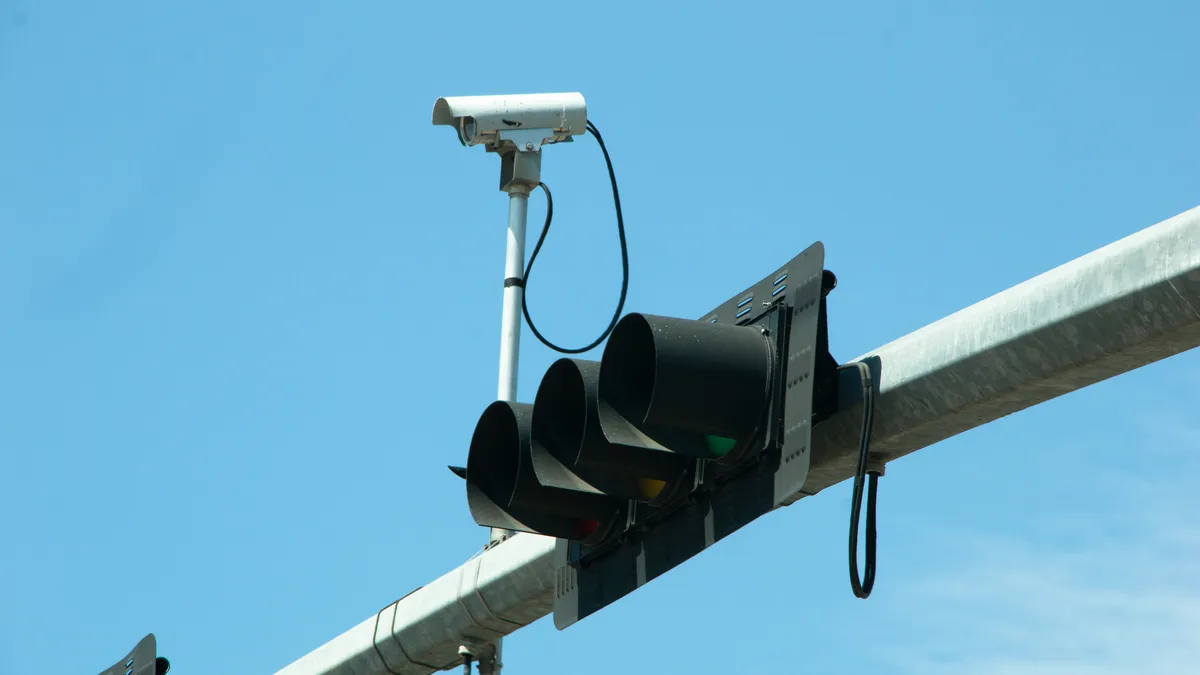The number of communities using automated speed safety cameras increased from 211 in 2023 to 222 as of March 2024, according to the Insurance Institute for Highway Safety. This growth comes as communities are allowed to use federal funds for such technology: The 2021 infrastructure law allowed states to spend up to 10% of their highway safety funds on non-infrastructure projects such as automated traffic enforcement. Previously, federal funds for speed cameras could only be used for school zones.
According to the National Association of City Transportation Officials, studies show that speed cameras reduce the percentage of speeding vehicles by 14% to 65% and can cut the number of serious injuries and fatal crashes by up to 44%. “Automated speed enforcement, if deployed equitably and applied appropriately to roads with the greatest risk of harm due to speeding, can provide significant safety benefits and save lives,” the U.S. Department of Transportation states in a 2022 report.
California last year authorized six cities to deploy automated speed safety cameras under a pilot program. New York City has over 2,000 speed enforcement cameras in school zones and experienced a 73% decrease in speeding at fixed camera locations from 2019 to 2021, resulting in one-third fewer pedestrian injuries, the city’s transportation department said.
Meanwhile, the use of red light cameras has declined across the country. As of this month, 338 communities have deployed automated red light enforcement programs, a decrease from over 500 a decade ago, according to the Insurance Institute for Highway Safety.
However, some cities are increasing their use of this technology. Philadelphia, which implemented its red light camera program in 2005, had 34 locations installed as of fiscal year 2023, with others being added. In 2022, violations generated over $15 million for the Pennsylvania Department of Transportation, which distributed the revenue to 22 municipalities in the state for 28 traffic safety projects. New York City saw its average daily violations per red-light camera decline from more than 30 in 1994 to seven in 2021, according to a report by the city’s transportation department.
New York and other cities are also putting automated enforcement to work to protect bus and bike lanes. Camera-equipped transit buses in New York City began issuing $50 tickets to vehicles blocking bus lanes in 2019 and will start issuing tickets to those blocking bike lanes this year. Washington, D.C., began using cameras mounted on Washington Metropolitan Area Transit Authority buses in the city to issue tickets in 2023 to vehicles illegally parked, stopped or standing in a bus zone. Chicago is preparing to launch bus and bike lane enforcement in the city’s downtown this summer using cameras mounted on Chicago Transit Authority buses, city vehicles and fixed poles.
Drivers should expect more automated enforcement efforts, said Adam Snider, director of communications for the Governors Highway Safety Association. “There’s a number of examples of cities sort of deprioritizing traditional traffic enforcement and then, unfortunately, fatalities surging since then,” Snider said.
While these technologies have proven effective in reducing vehicle speeds and speed-related crashes, some communities may feel they are unfairly targeted or feel the cameras are just there to generate revenue. “More states are using [automated enforcement], but there are still some big public perception and policy obstacles to overcome,” Snider said.












